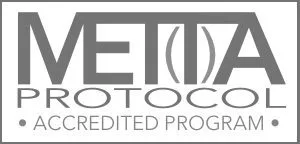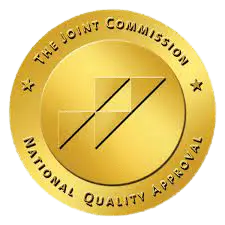When it comes to therapeutic treatment, sometimes it feels like there is an acronym for everything. What does it all mean? How does it all work? What happens during this process?
EMDR stands for Eye Movement Desensitization and Reprocessing. In short, it helps your brain heal from traumatic events by processing them in a safe environment with a specialized technique administered by your therapist.
At SEE Purpose Center for Addiction Treatment, our clinicians are trained in EMDR to support clients with trauma and PTSD in addition to substance use disorders. Our goal is to provide healing in a number of safe and supportive ways to enhance the likelihood of sustainable sobriety. Contact us today to see how we can support you or your loved one through the addiction treatment process with the most supportive treatments available.
What Is EMDR?
EMDR is Eye Movement Desensitization and Reprocessing. This process was developed to support individuals in their response to traumatic events. Over time, the use of EMDR has been utilized to help people process addiction related trauma and trauma that has a direct correlation with addiction.
EMDR works by lessening the stress surrounding a traumatic event. In an EMDR session, a trained clinician will ask you to follow their hand movements with your eyes while focusing on the image, sounds, smells, and feelings surrounding a traumatic event. The goal is to address the event with a distraction in a safe environment so that it causes less trauma to the individual when reminded.
This 8-phase process starts with a detailed history. The therapist can then determine which trauma(s) to focus on. Following that, clients are taught a number of stress relief strategies meant to be implemented when they are feeling overwhelmed. Having this knowledge up front ensures that clients are not only familiar with them but have support to access when in need. During phases 3-6 the actual session and processing occurs. Individuals work to identify three things during this process.
“1. The vivid visual image related to the memory
- A negative belief about self
- Related emotions and body sensations.”
Once an individual has processed the trauma, they are sent home with homework; to monitor their responses over the course of the week. Upon return, clients are reevaluated, and the process continues by examining another traumatic event.
What Does EMDR Treat?
EMDR is used to treat PTSD and those struggling with traumas. However, experimental use over the last 30 years indicates that it can be used to support individuals with addiction, panic attacks, anxiety disorders, and eating disorders.
How Does EMDR Work in the Brain?
EMDR is thought to help the brain process the traumatic event by examining the event with rapid eye movement in a safe location. “EMDR therapy aims to reduce subjective distress and strengthen adaptive cognitions related to the traumatic event. Unlike CBT with a trauma focus, EMDR does not involve a) detailed descriptions of the event, b) direct challenging of beliefs, c) extended exposure, or d) homework.” This is especially helpful when addressing trauma in individuals with addiction as the lessening of the trauma response can remove triggers for clients who would have previously used when triggered.
Why Does SEE Purpose Incorporate EMDR Into Our Programming?
We, at SEE Purpose, want clients to be able to see their purpose again and we do that by offering the best, most innovative, and most supportive treatments possible. EMDR is just one of the many supportive therapeutic treatments we incorporate into our programming.
With EMDR, our clients can focus on healing their trauma while at the same time that they address their addiction. By working through and healing these traumas, individuals can focus on recovery and healthy living.
Our premier Indiana drug rehab is designed with a client-forward model. As a team, the client and clinicians develop a therapeutic rehabilitation program that is tailored to meet the specific needs of each client as they work towards their goals.
Find your purpose with SEE Purpose Center for Addiction Treatment.







